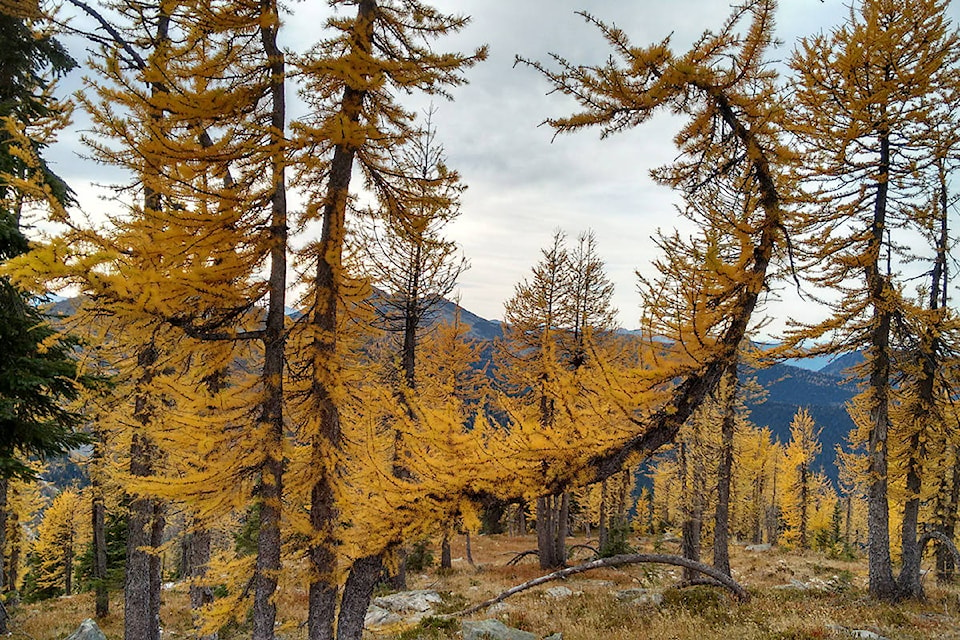When many people observe natural phenomena or objects, they often make a quick comment and go on their way. However, there is a lot “behind” that pretty bird or colorful flower, as well as behind those colorful autumn leaves. Let’s continue.
Autumn colors are usually associated with September days, shorter days and cooler temperatures, frost and even an early snowfall. An Indian summer may fit in there somewhere, bathing the autumn landscape in warm sunlight.
Most members of the plant kingdom do not fare well in day-after-day freezing temperatures or even below plus 15 degrees Celsius. When a bit of early morning frost occurs, plants start shutting down, at least at their visible extremities, leaves and flowers. A plant or tree shuts off its leaves by a “wall” that develops between the plant or tree twigs and the leaf stems (petioles). As the leaf dies it may change color or turn into several colors, depending on the species, associated environmental factors as well as leaf chemistry.
“Red-osier Dogwood” leaves, one of my favorite fall exhibits with its bright red branches, will produce raspberry-red to maroon colored leaves whose rich colors are enhanced by pink clouds at sunset. I expect leaves of other members of the Dogwood family turn into an array of similar colors. (Red-osier Dogwood, while not a willow, is often unofficially known as “Red Willow”).
Sometimes Red-Osier Dogwood will have variations of a color in the same leaf. Red, Crimson and White Oak leaves will often be solid red while birch leaves can be a rich, golden yellow before they fall. Western Larch leaves turn golden yellow also.
Some years larch leaves turn yellowish very early in the summer. This is often due to an infestation of larch case-bearer. This micro-insect, in the larval stage, burrows through the interior of a larch needle-leaf causing the leaf to die. Sometimes whole hillsides of larch will turn color. The tan colored leaves will often remain on the trees for the season but in the spring the trees will burst out in beautiful greenery again.
Our larches are coniferous trees and not evergreen like their next of kin: fir, spruce and pine tree species. They will drop their golden-yellow needle leaves in the fall while our other species of (evergreen) coniferous trees drop their old needles individually throughout their growth. Larches turn golden yellow at high elevations first.
Another color change phenomena may occur when a single shrub or a whole hillside of Mallow Nine-bark will turn brown. Excessive dryness, beyond what a shrub can tolerate, will often result in the leaves turning yellow or a rich cinnamon brown color. The richness of this dead-leaf brown becomes even more evident after a wetting rain. With a little fog or dull light they may become even more photogenic. Those of you from the prairies who haven’t become acquainted with western Larch trees have an ample population to inspect in this Kootenay valley.
Submitted by By Ed McMackin
